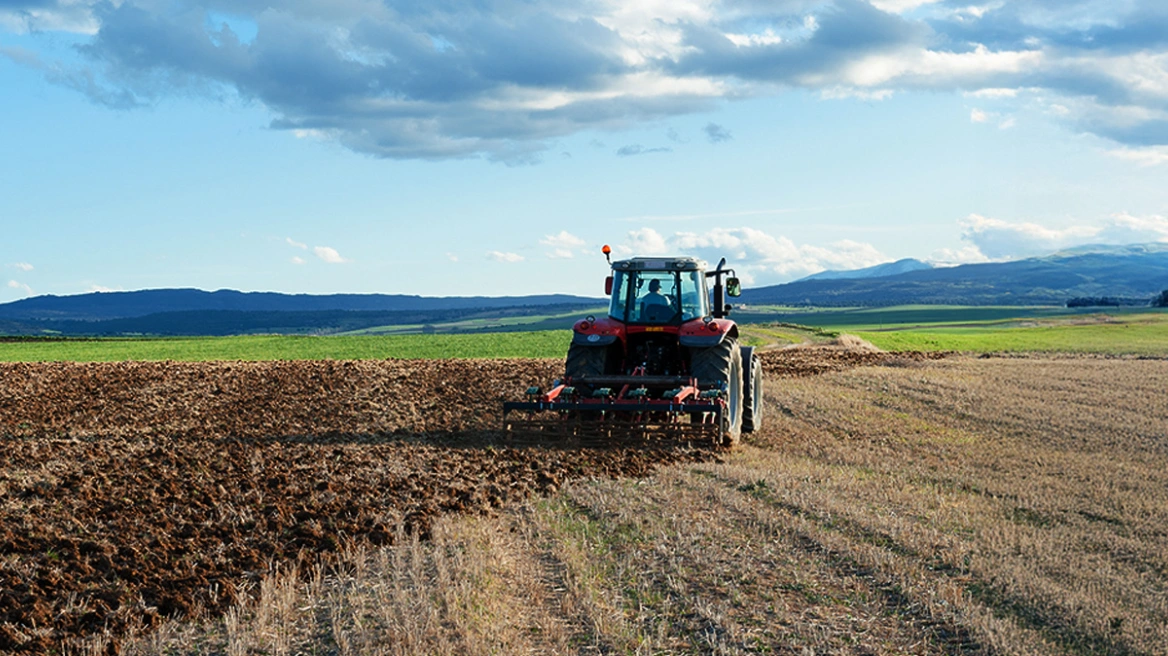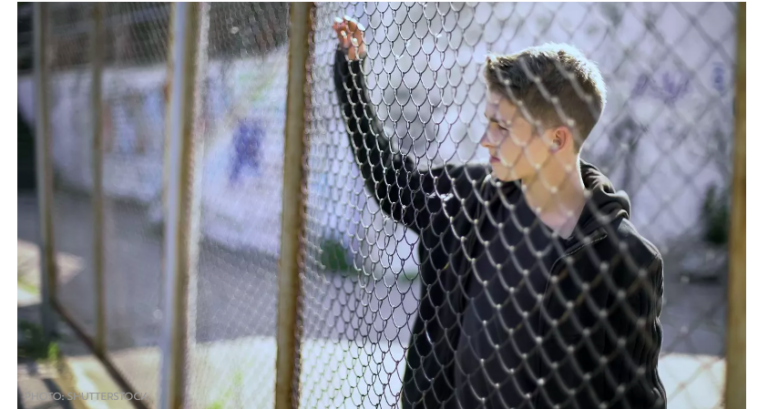Archaeologists have unearthed five massive wine presses, warehouses, kilns for producing storage vessels as well as variety of jars at a dig near the city of Yavne in central Israel
Dr. Jon Seligman, director of the excavation site on behalf of the Israel Antiquities Authority (IAA) says the size of the 225 square metre site is staggering.
“I’m sitting at the moment in the midst of a large wine press on the trading floor. This is just one of five large wine presses at the site. And this gives an idea of the large quantity of wine that was produced here,” says Seligman.
“We’re talking about two million litres annually from this one site, and this particular kind of wine is what we know as Gaza wine. And Gaza wine was a trademark wine that was from the whole of this area of the southern part of the coastal plain. We have to realise that this was a prestige wine, a light white wine. And it was taken to many, many countries around the Mediterranean. We’re talking Egypt, we’re talking Turkey, we’re talking Greece, maybe to southern Italy as well. So this was a wine that was widely distributed around the Mediterranean.”
The excavations produced tens of thousands of fragments as well as fully preserved jars that were used to store the wine.
“In the excavation here in Yavne, the main find are jars, and this jar is the most typical jar we found at the site,” says Seligman.
“A jar which is known as a Gaza jar or an Ashkelon jar, which are very, very similar. The shape which you could even sort of compare with a cola bottle today was something which was completely unknown to anybody who saw them. And these were typical jars which were used for wine that came from the area of the southern coastal plain in Israel. And of course, we have many other finds. These jars over here are called Palestinian baggy jars, and they are the main kind of jars which were found all over the area of Israel right through the Byzantine period. We have these oil lamps to date of the same period as these jars, and you have also oil, which come from a later period from the early Islamic period. These are dolls, children’s toys, which were found also at the site.”
Israel is plush with vineyards with over 300 wineries. A budding industry of over $40 million with a harvest of 60,000 tons of wine grapes it produces over 40 million bottles of wine, according to figures provided by the Ministry of Agriculture.
Over 55% of exports are dedicated to the North American market, 35% to Europe, and the rest to the Far East, according to official data.
Seligman says in ancient times wine was more than just a tasty companion to food:
“Wine had a great importance (in ancient times), not only as an export product but for many other purposes. For example, first of all, people enjoy drinking wine. But beyond that, this was a major source of nutrition and this was a safe drink because the water was often contaminated so they could drink wine safely. And then they could also, of course, take it in as part of their daily diet. Excavation goes well beyond the usual scale of excavations that the Antiquities Authority conducts. A continuous excavation of two years, 200 to 300 workers daily, huge site, a huge area of excavation that will be the challenge of the excavators here is to work through all the material and to bring it to publication at the end.”
More than 300 workers have been part of the daily excavation effort that has been going on for two years.
The site will be covered up to protect it from rain during the autumn.
It will later be accessible to the public as part of an archaeological park that is to be built in the coming years.
Ask me anything
Explore related questions





